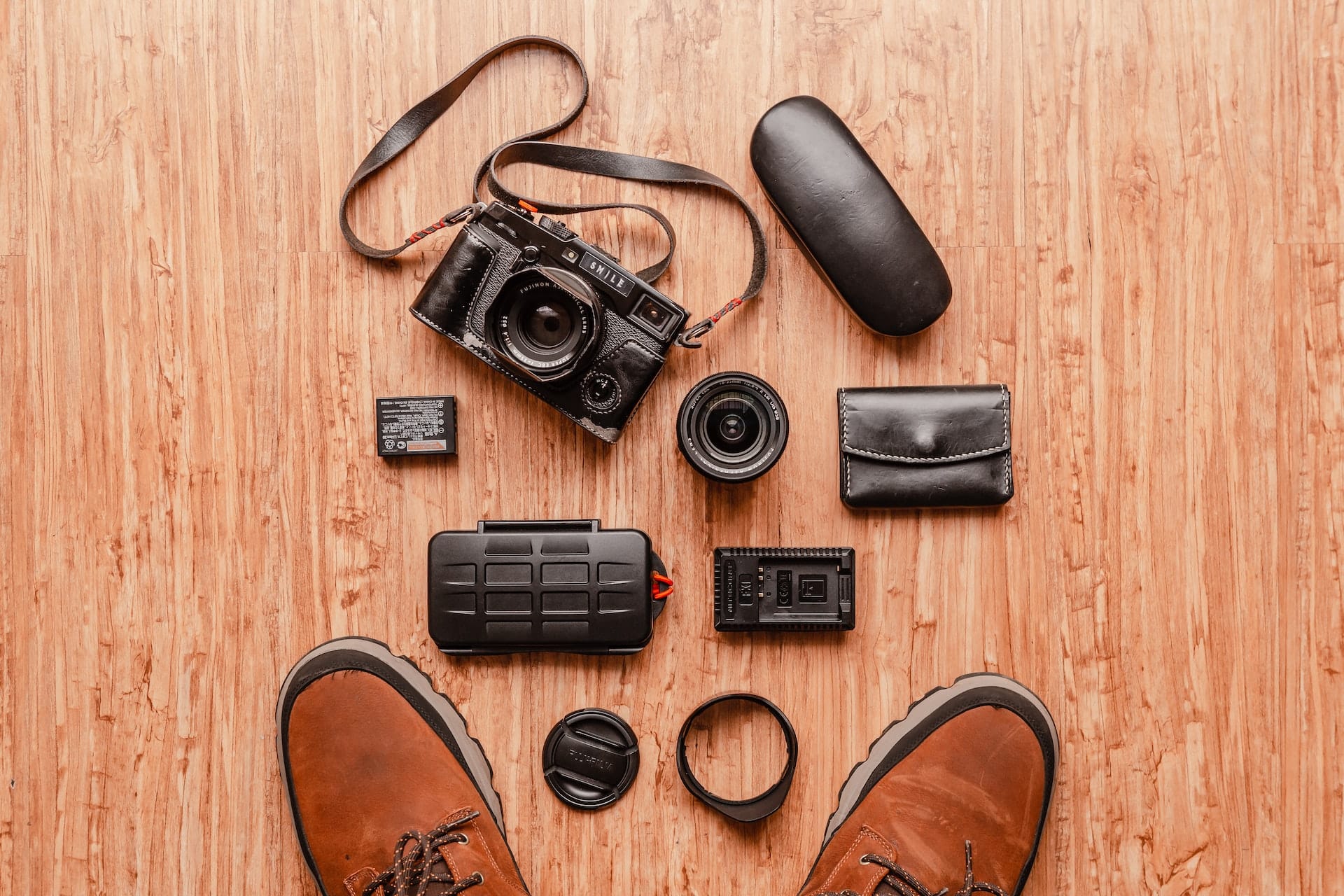If you have an Ultrasonic rangefinder, you must wonder what creates echolocation in a rangefinder.
Furthermore, in this article, we will discuss ultrasonic rangefinders working, uses, and much more.
Let’s find out!
What Creates Echolocation in a Rangefinder?
In an ultrasonic rangefinder, ultrasonic sounds create echolocation to determine the distance between itself and an object.
The ultrasonic rangefinder is used in various applications, including automotive navigation systems, industrial robots, medical equipment, etc.
How Does the Ultrasonic Rangefinder Works?
An ultrasonic rangefinder uses high-frequency sounds to determine distances to objects. It sends out a sound pulse and then measures the amount of delay between when the sound hits an obstacle and when it comes back to the receiver. Using the amount of delay, the distance to the obstacle can be determined.
The usable range of a Rangefinder is between 3 inches (7.6 cm) and 115 inches (300 cm). If the sensor tries to read an object at less than 3 inches, the echo returns so fast that it cannot detect it; if it tries to read something at more than 115 inches, the echo becomes too faint to be detected.
What causes the sensors to give an inaccurate reading?
If the objects which are being detected don’t have a hard outer shell (like the large fabric cube), then the sound waves may be reflected at the sensors and cause them to give inaccurate readings.
If the target being detected is spherical like the ball or has an irregularly shaped surface, the ultrasonic wave may scatter and return a wide range of results.
However, the Ultrasound Range Finder provides a useful and accurate measurement when measuring the distances to a flat hard surface like a wall.
To use the ultrasonic range finder, you need to pair it with a computer language such as the VexCode V5 or VexCode Pro V5. It measures distances in either inches or millimeters

What Creates Echolocation in a Rangefinder?
Uses of an Ultrasonic Rangefinder
An ultrasonic rangefinder is a type of proximity detector that can sense objects without actually touching them. These sensors can help robots avoid obstacles by detecting them before they hit something. For example, some robots use these sensors to navigate through narrow spaces.
Avoidance
Early detection of obstacles allows robots to detect them before they reach their target destination.
Many vehicles use ultrasonic rangefinders to help them avoid obstacles and warn drivers when they’re too close.
Gesture Control
An interesting classroom exercise is to position the ultrasonic detector so a hand can be placed within a given proximity of the device. Once the robotic system recognizes this movement, it may alter its behavior.
For instance, this could be applied to create an event where a robot doesn’t move unless someone waves their hands over its sensors. In many video games, robots aren’t allowed to interact directly with people during the autonomous stage of the game.
Navigation
If a robot uses an ultrasonic rangefinder to navigate, it may benefit from using proportional control. Proportional control adjusts the robot’s speed according to the size of the deviation between the robot’s target position and its current position.
This causes the robot’s velocity to decrease as it gets close to its desired position so that it doesn’t overshoot the desired position. This helps prevent the robot from over-shifting the desired position when traveling at high speeds.
Uses of Ultrasonics Rangefinders on a Competition Robot
An ultrasonic rangefinder can be extremely useful when paired with an obstacle avoidance system. It can help robots navigate obstacles and avoid collisions. A pair of these devices can be placed on the same corner of the same chassis.
Orientation and Targeting
If two ultrasonic rangefinders are mounted at different locations, they can both determine their relative position to an object. By comparing these measurements, the V5 Brain can then compute the robot’s orientation in relation to the object.
These measurements can be applied to the angles at which the robots move their arms, legs, etc., or they can be used for targeting and adjusting the movements of a thrower like a flywheel.
Secondary Verification
Two ultrasonic rangefinders can be used to determine the position of an object. For example, if we want to know where our robot is located, we could use one rangefinder to detect its distance from us and another to detect its distance from a wall. We would then combine these measurements to calculate the robot’s location.
Suppose the rangefinder indicates that the bot has drifted away from its expected position. In that case, the bot can be corrected by adjusting its position using the two rangefinder readings before continuing its path using the primary sensor.
Don’t assume that the measurements will be consistent or accurate when using ultrasonics to measure distances to round, irregular, or soft absorbing objects. For example, if you’re trying to determine whether a basketball has bounced off the rim, don’t rely solely on the distance measured by the rangefinder.
With ultrasonic rangefinders, drivers usually control robots during the autonomous portion of matches, but with some creativity, top drivers can use them to enhance their driving skills.
Conclusion
We hope that know you know what creates echolocation in a rangefinder.
If you have any queries feel free to reach out in the comments section below.
Author
-

John is the Editor in Chief here at The Outdoor Stores. His area of expertise ensures that there is no one better to suggest which rifles are most suitable for your hunting experience. He is also available for you to contact him personally to discuss the types of animals you want to hunt and the terrain you will be hunting on. Feel free to read his posts for expert opinion on Rifles, Scopes, Rangefinders, Bonoculars and Monoculars.






